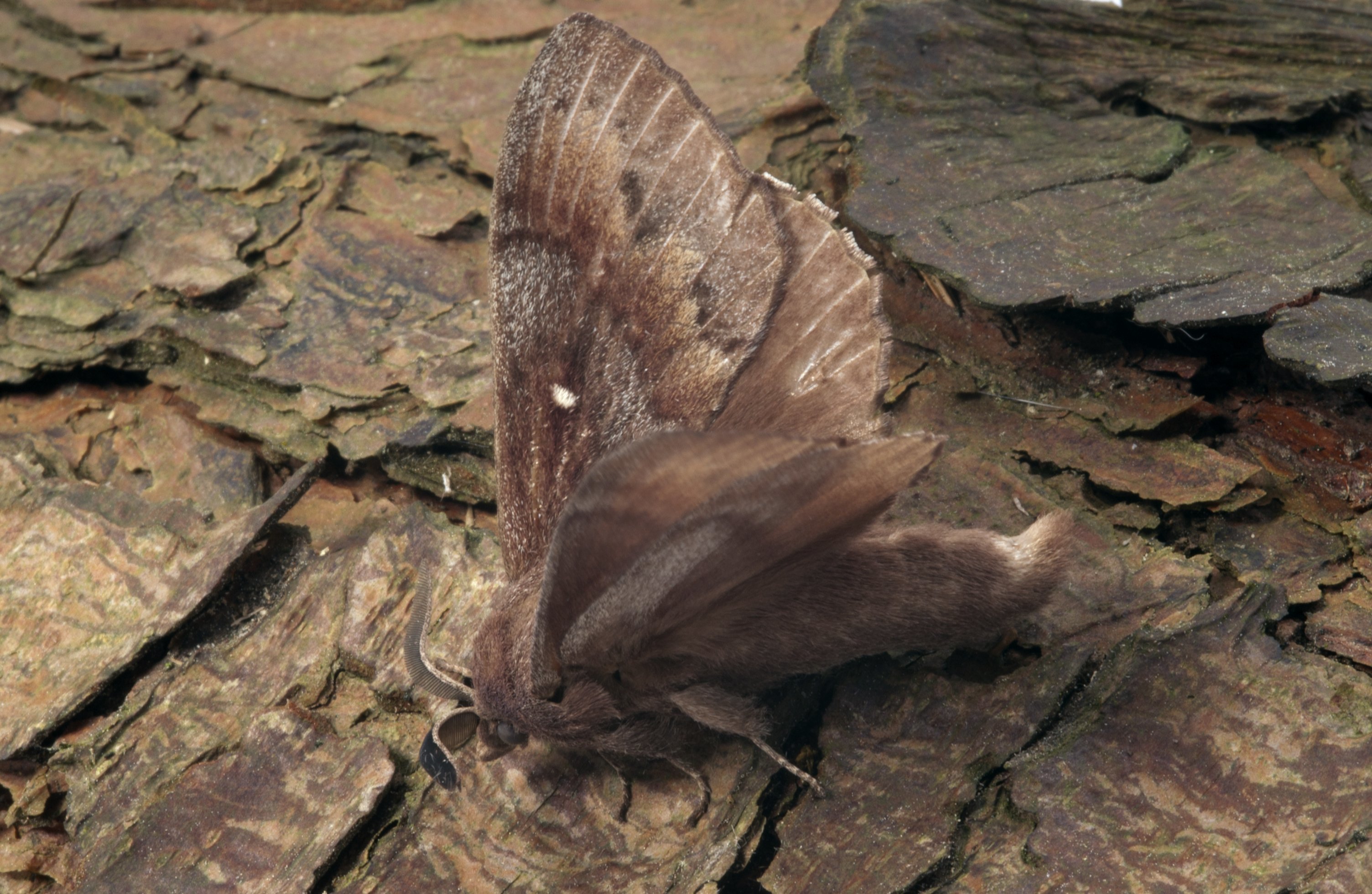A recently discovered moth has been placed under supervision over fears that it could damage an iconic Scots tree.
Forestry Commission Scotland is stepping up precautionary surveillance of the pine tree lappet moth until more is known about its potential to cause damage to pine trees in the Highlands.
They are particularly concerned about its effect on native Scots pine – a particular favourite of the caterpillars.
The moth was first spotted in Scotland in woodland at Kiltarlity, near Inverness, which remains the only spot where the moth has been seen so far.
The surveillance aims to discover geographic range of the moth, which the Forestry Commission so far believe to be unique to the Highlands.
Despite extensive DNA analysis it has not yet been possible to determine definitively whether the moth is a previously overlooked native species with an extremely restricted distribution or a recent introduction to Scotland.
Hugh Clayden, Forestry Commission Scotland’s tree health policy adviser, said: “As an initial measure to prevent long distance spread, we implemented timber movement controls in 2007 and – through Forest Research, with help from Butterfly Conservation Scotland and its volunteers – we have been continuing to monitor the population closely.
“So far, levels have remained very low, certainly very much lower than the sort of levels that have resulted in extensive forest damage in some parts of northern Europe, and nor have we seen any sign of damage to pine trees. It is therefore quite possible that, as is the case in many other European countries, this moth will not become a threat to woodland.
“However, Scotland’s pine resource is already under threat from a number of other pests and diseases, such as Dothistroma needle blight, so, given the relatively recent discovery of this moth, it is prudent to adopt a precautionary approach by seeking to prevent further spread until we know more about it.”
A number of controls are in place about moving timber while the surveillance of the moths is carried out.
The moth has a two year life cycle, so any major population build-up will be flagged well in advance, giving the Commission and its partners the opportunity to act quickly to prevent mass outbreaks in the unlikely event that such action is required.
